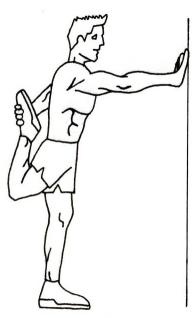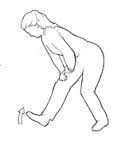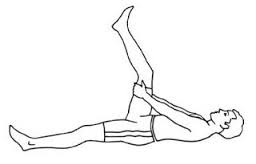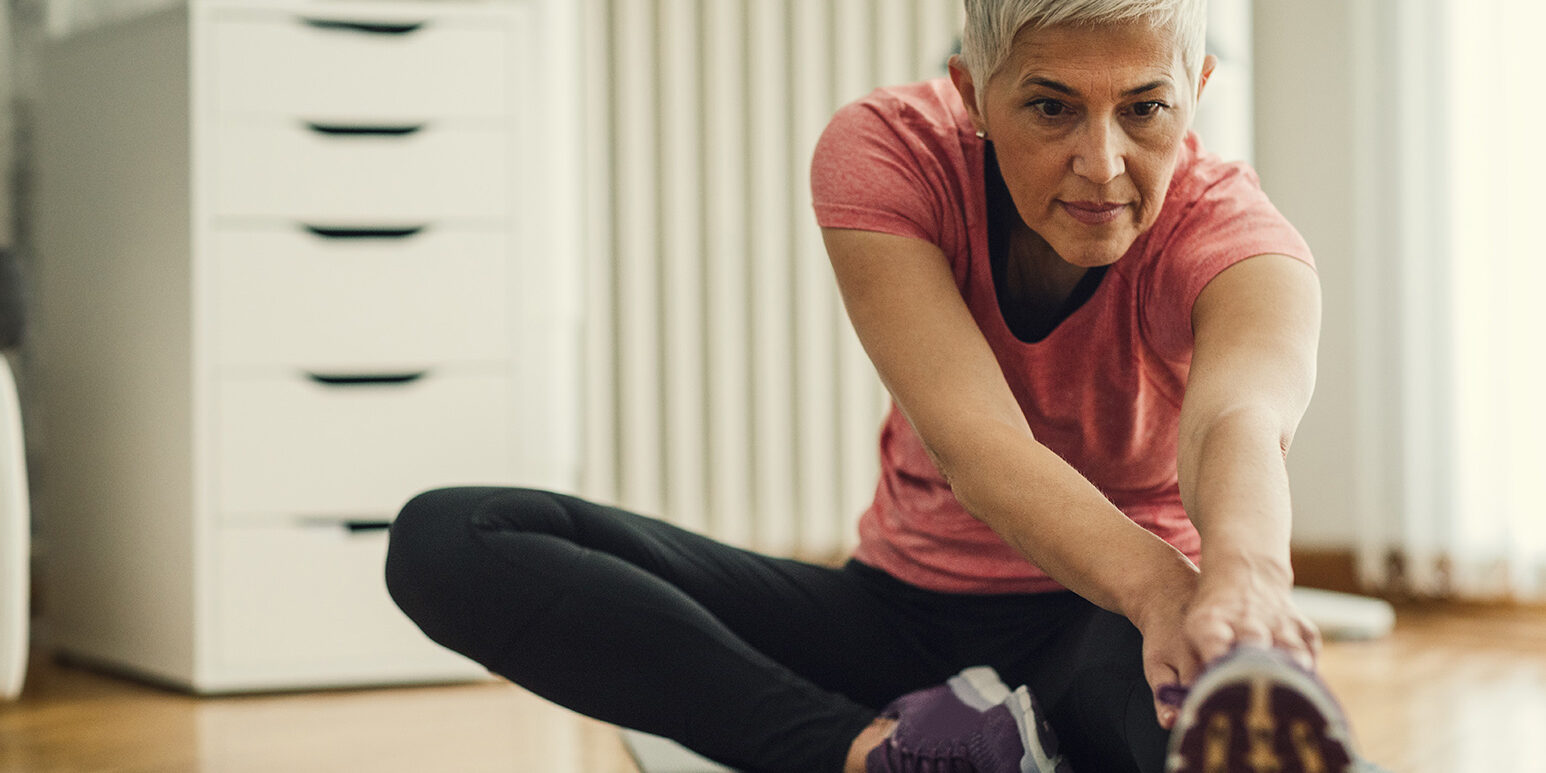By Barbara Broggelwirth, RD
Stretching is often the left off of the priority list when it comes to an exercise routine. After all, the main concern is exercising and burning calories, not stretching, right?
Not so fast. Stretching may help you:
- Improve your joint range of motion
- Improve your athletic performance
- Decrease your risk of injury
Stretching exercises are regularly included in cooling-down exercises because increasing the flexibility of a muscle promotes better performance and decreases the number of injuries.
One way to think of muscles and tendons is to compare them with rubber bands. When we are young, muscles and tendons have natural elastic properties; children and teenagers frequently do not have chronic pain. As we get older, we lose these elastic properties and lose some flexibility. Stretching helps to elongate our muscles resulting in greater flexibility and less chronic pain.
The American Council on Exercise (ACE) recommends at least 30 minutes of stretching three times per week for flexibility.
Here are three leg stretches to improve flexibility in your lower body. Hold each stretch for about 30 seconds.
Quadriceps:
- Stand with your side to the wall, placing a hand on the wall for balance.
- Hold your outside foot with your outside hand and lift the foot up toward your rear end, keeping your thighs and knees together.
- Hold for a cycle of relaxation breathing, then do the same for the other foot.

Hamstring and Calves
- Place your right foot in front of you.
- Hinge at the waist to lean your torso forward toward the extended right leg, and bend your supporting knee.
- Slowly flex your right ankle so that your toes are pulling up toward your body.
- Hold for a cycle of relaxation breathing then repeat with the left foot.

Lower back, hamstring, calf, and ankle
- Lie on your back with your knees bent and your feet flat on the floor.
- Bend one knee and hug it into your body.
- Unfold that leg up toward the ceiling, straightening it and pulling it toward the torso until tension is felt behind the leg.
- Point and flex the foot three times and perform three ankle circles in each direction.
- Lower the leg and repeat with the opposite leg.

References:
Flexibility benefits. American Council on Exercise website. http://www.acefitness.org/fitness-fact-article/2610/flexible-benefits/.Accessed 11/4/16
Barbara Broggelwirth is a Registered Dietitian Nutritionist who is currently working with Bariatric and Medical Weight Management patients. She works with patients to help them achieve their health and weight loss goals.

